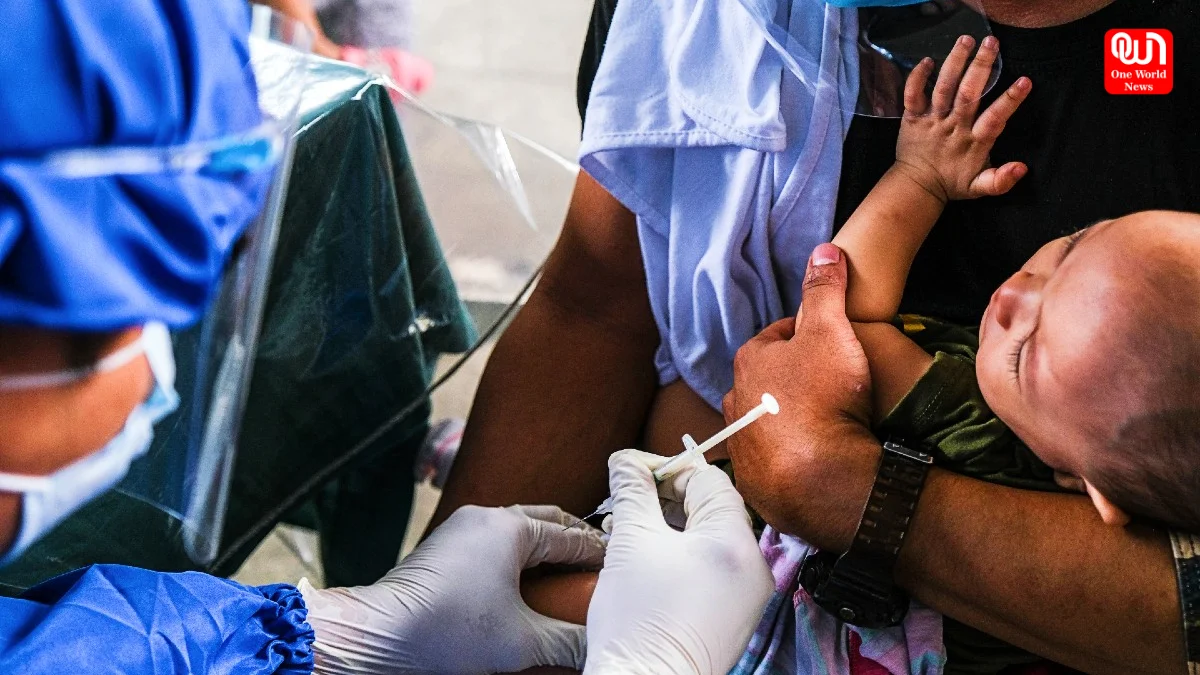Historic Low: Under-Five Deaths Drop Globally; Rwanda, Cambodia Lead Progress.
There is a much need of equity closure so that lifesaving services reach the poorest and most remote communities.
Global Under-Five Mortality Hits Historic Low; Rwanda, Cambodia Lead Progress
Under-Five Global Mortality Rate Hits Historic Low, Led by Rwanda and Cambodia With Over 75% Reduction. With an unprecedented under-five mortality rate now achieved, this event denotes a significant stride in child survival parameters across the globe. Recent statistics released by global health watchdogs like UNICEF and the WHO indicate that under-five mortality has decreased tremendously over the last twenty years across the globe. An important part of this global success have been Rwanda and Cambodia, which are said to have dropped their under-five mortality rates by over 75% since 2000.
This downward trend resulted from the convergence of many factors, chief among them financing and increasing access to healthcare, immunization, nutrition, awareness, and sustained support by both governments and the international community. The global under-five mortality rate in the year 2000 was estimated at 76 deaths per 1,000 live births. It has since reduced to below 40 today, an impressive trajectory toward the realization of the Sustainable Development Goal determined by the UN to reduce child mortality.
Rwanda and Cambodia strongly exemplify the real difference that investment in strategic public health will make. Interest in public health through strong intervention programs, immunization, and community health workers aided Rwanda, once a country with a devastated health system after genocide, to greatly stop child deaths. Importance has also been placed on maternal health so expectant mothers get service from skilled birth attendants and emergency care.
Cambodia has a similar success story to tell. Access to immunization, clean water, and nutrition services has been enhanced through partnerships with international health organizations and implementation of child-oriented health care services. The efforts against malaria, diarrhea, and pneumonia, three major killers of children, have made considerable impact. Community health education and outreach programs have also gone further in modifying behavior and improving child outcomes for children less than five years.
But the report also says that much more is required, as lifting from the 2023 under-five-a-year estimates, about 4.9 million-plus youngsters, died from mostly preventable causes like pneumonia, diarrhea, malaria, and birth-related complications. Most deaths occurred in Sub-Saharan Africa and South Asia, which still grapple with poverty and poor health infrastructure.
Global agencies urge that the lessons so far learned from Rwanda and Cambodia be transferred to other nations. Further, any investment in primary healthcare, particularly at the community level, is the most effective way to bring down child mortality rates. As much equity closure is required so that lifesaving services reach the poorest and most remote communities.
Read more: Ranveer Allahbadia Faces Legal Heat Over Non-Cooperation in Cyber Cell Probe
Equally important these days are technology and innovation in health, such as digital health records, mobile health services, and remote diagnostics. These offer a means for reaching underserved populations, thus fostering and fast-tracking progress.
In conclusion, the world under-five mortality rate at its historic low stands as a testimony to what can be attained through global efforts, targeted investments, and community-engaged health interventions. While the recognition of this success should, however, lead the world to sustain its momentum and prevent any one child from being left behind, no matter where they are born.
Like this post?
Register at One World News to never miss out on videos, celeb interviews, and best reads.








